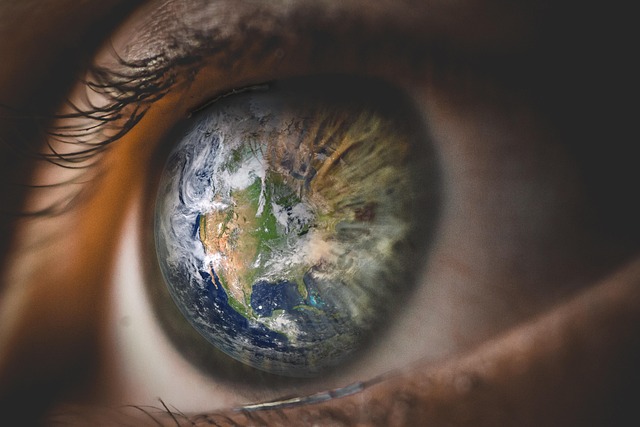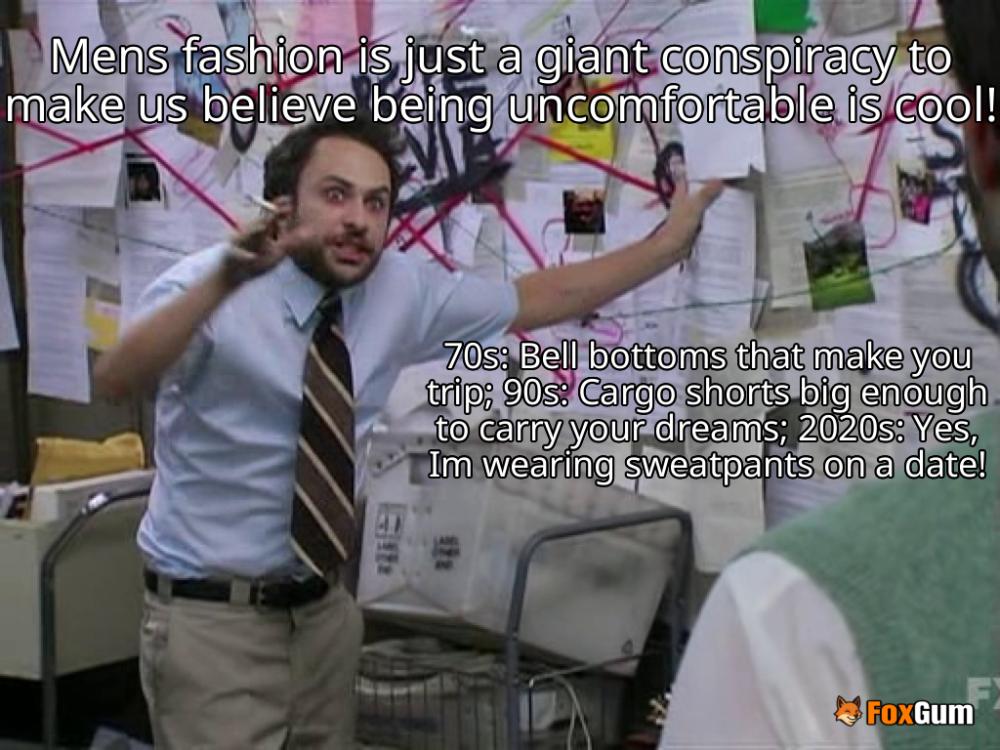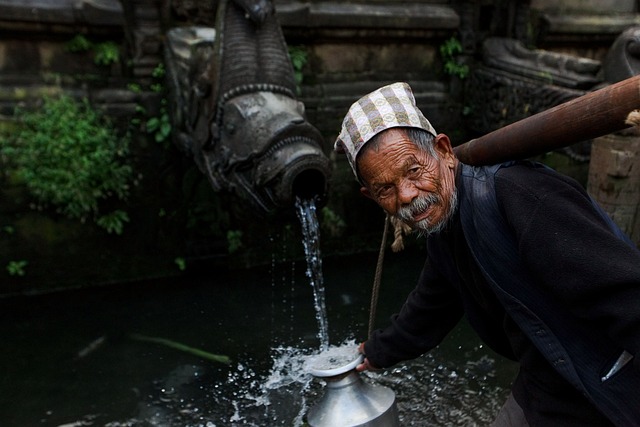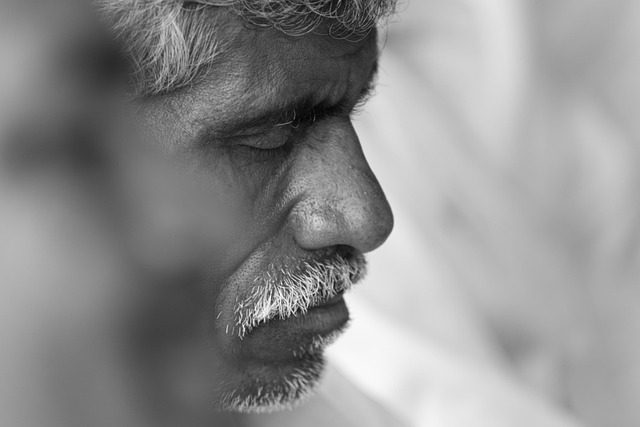
Transgender Representation in Media
The way transgender individuals are portrayed in mass media has undergone a significant evolution over the years. From being the butt of jokes in sitcoms to starring in award-winning dramas, the journey of transgender representation reflects broader societal attitudes and understanding. It’s a bit like watching a caterpillar turn into a butterfly, except the butterfly is still trying to figure out how to land gracefully. 🦋
The Historical Context
To appreciate where we are today, it’s essential to take a quick peek into the past. In the 1950s, Christine Jorgensen made headlines as one of the first American transgender women to undergo sex reassignment surgery. Her story was splashed across the pages of major publications like Time and Newsweek, making her a household name. Jorgensen's visibility marked a turning point, though it’s worth noting that the media often painted a narrow picture of transgender identities, focusing primarily on sensationalism rather than the complexity of individual experiences.
Media Representation: A Double-Edged Sword
Fast forward to today, and the portrayal of transgender people in media is still a mixed bag. On one hand, there’s a growing number of shows and films that feature transgender characters played by transgender actors, which is a huge leap forward. On the other hand, stereotypes and misrepresentations still linger like that one awkward relative at family gatherings who just won’t leave.
For instance, while shows like Pose and Transparent have been praised for their authentic representation, many other portrayals tend to fall into the trap of tokenism or caricature. This often leads to the perception that the experiences of a few individuals represent the entire community, which is as accurate as saying all cats hate water because your neighbor's cat does.
Impact on Society
The way transgender people are depicted in media can have real-world implications. Positive representation can foster understanding and acceptance, while negative portrayals can perpetuate stigma and discrimination. It’s like a game of social dominoes; one representation can tip the scales toward greater acceptance or push society further into misunderstanding.
Where Do We Go From Here?
The future of transgender representation in media is bright, but it requires continued advocacy and awareness. As audiences demand more authentic stories, creators are starting to listen. The more diverse voices we hear, the more accurate and nuanced the portrayals will become. It’s like adding different flavors to your favorite ice cream – variety makes everything better! 🍦
In conclusion, while we’ve made strides in transgender representation, there’s still a long way to go. By supporting media that portrays transgender individuals authentically and advocating for better representation, we can help shape a more inclusive narrative. After all, everyone deserves to see themselves reflected in the stories we tell.

















 Subfamilia Phyllostomidae
Subfamilia Phyllostomidae 
 Health
Health  Fitness
Fitness  Lifestyle
Lifestyle  Tech
Tech  Travel
Travel  Food
Food  Education
Education  Parenting
Parenting  Career & Work
Career & Work  Hobbies
Hobbies  Wellness
Wellness  Beauty
Beauty  Cars
Cars  Art
Art  Science
Science  Culture
Culture  Books
Books  Music
Music  Movies
Movies  Gaming
Gaming  Sports
Sports  Nature
Nature  Home & Garden
Home & Garden  Business & Finance
Business & Finance  Relationships
Relationships  Pets
Pets  Shopping
Shopping  Mindset & Inspiration
Mindset & Inspiration  Environment
Environment  Gadgets
Gadgets  Politics
Politics 